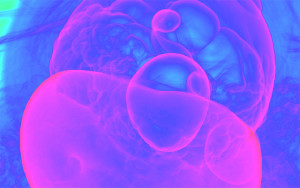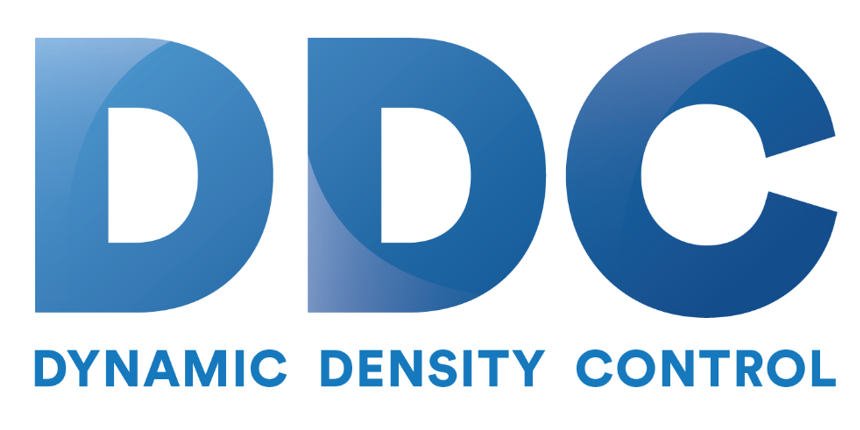
For one of the Theta ESP projects, University of Chicago scientist Alexei Khokhlov will continue his research into the deflagration-to-detonation transition process in hydrogen-oxygen mixtures. This image from a previous INCITE project shows weak ignition behind a reflected Mach=1.5 shock in a stoichiometric hydrogen-oxygen mixture at 0.1 atm initial pressure.
Today the Argonne Leadership Computing Facility (ALCF) announced the selection of six projects for its Theta Early Science Program (ESP), a collaborative effort designed to help prepare scientific applications for the architecture and scale of the new supercomputer.
Theta, an early production system based on Intel’s second-generation Xeon Phi processor, will arrive in 2016 and serve as a bridge between the ALCF’s current supercomputer, Mira, and its next leadership-class supercomputer, Aurora, which is scheduled for delivery in 2018.
The Theta ESP brings together computational scientists, code developers and computing hardware experts to optimize key applications for Theta, and to solidify libraries and infrastructure to pave the way for other applications to run on the system.
Modeled after the ALCF’s highly successful ESP for Mira, the program also gives researchers substantial allocations of pre-production compute time on Theta to pursue innovative computational science calculations pushing the boundary of what’s possible with leadership-class supercomputers.
Not only did our ESP for Mira help the system to hit the ground running on day one, it also produced invaluable lessons learned and some very interesting new science, including the first accurately computed values for the bulk properties of solid argon, a noble gas element,” said Tim Williams, an ALCF computational scientist who manages the ESP. “We’re looking forward to seeing what the new ESP projects can do with Theta’s leading-edge architecture.”
Like the typical ALCF workload, the six selected ESP projects, known as Tier 1 projects, represent a wide spectrum of scientific areas and numerical methods (see project descriptions).
To help develop and optimize their software for Theta, project teams will collaborate with ALCF staff, as well as vendor staff through the ALCF Intel-Cray Center for Excellence. Four of the six projects will also be assigned a dedicated postdoctoral researcher.
In addition, the ALCF will host ESP training sessions, including a virtual kick-off workshop on system hardware and programming, and a hands-on workshop for testing and debugging of project applications.
Prior to Theta’s availability, the ALCF will offer access to Theta simulator software, and provide allocations on Mira for development work that does not depend on having the new hardware (e.g., new algorithms, new physics modules, basic introduction of threads). ESP project teams will also have access to training and hardware at the Oak Ridge Leadership Computing Facility and the National Energy Research Supercomputing Center as alternative development platforms to encourage application code portability among heterogeneous architectures.
Because of the strong response to the call for proposals, the ALCF is expanding the Theta ESP to include six additional Tier 2 projects to prepare other applications for Theta. These projects will not receive allocations for science runs, but they will have access to ESP training, an ESP discussion forum, to Theta simulator software, to early hardware and to Theta itself for porting, tuning and debugging.
Source: Argonne




